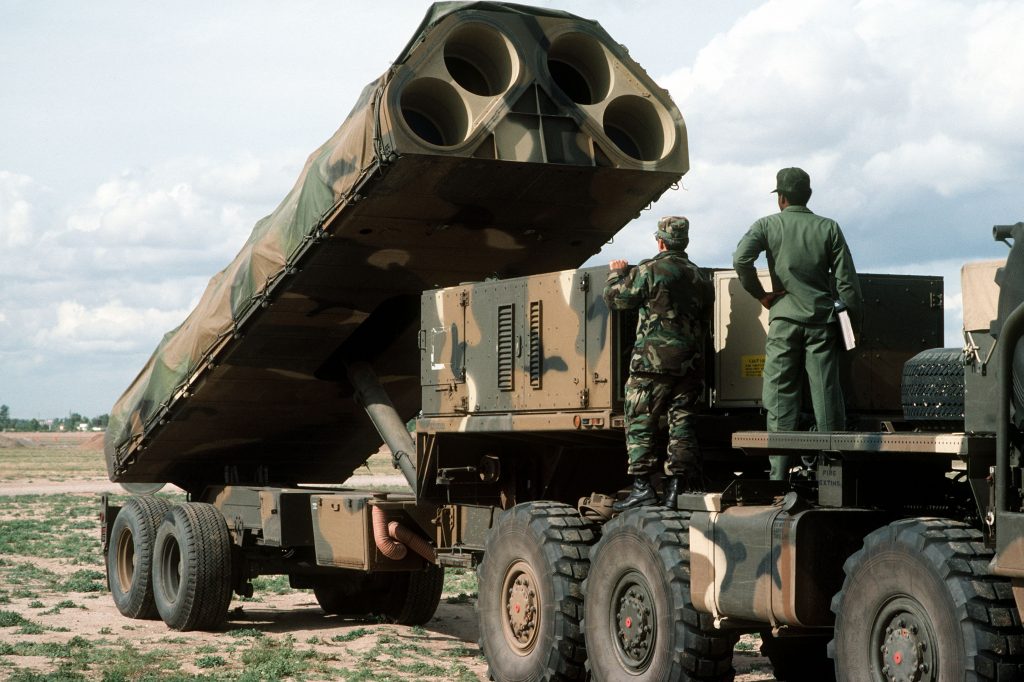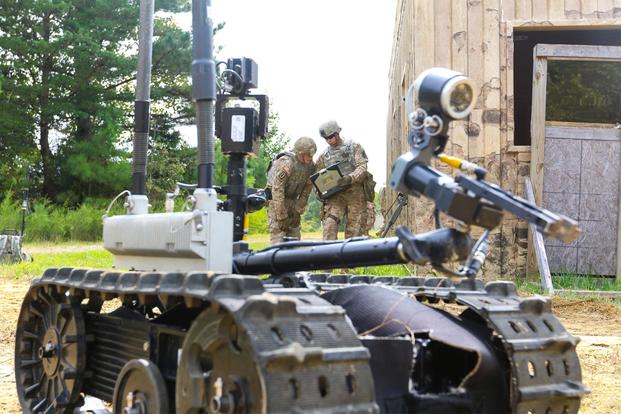By Natalie Klein
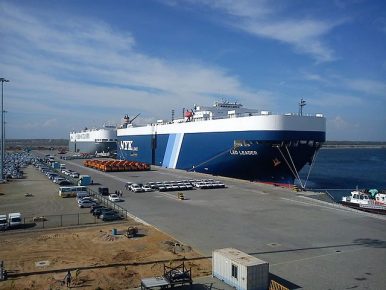 Earlier this month, Sri Lanka hosted a two-day conference among diplomats and non-government experts that rightly shone a spotlight on the increasing importance of the Indian Ocean. As highlighted by one delegation, it is currently what goes through the Indian Ocean (including half the world’s container traffic, one-third of bulk cargo transport, and around two thirds of the world’s maritime oil shipments) that particularly marks its global significance, rather than what may be produced from that ocean and its littoral states. The international trade associated with the Indian Ocean and the strategic significance of the region have become manifest.
Earlier this month, Sri Lanka hosted a two-day conference among diplomats and non-government experts that rightly shone a spotlight on the increasing importance of the Indian Ocean. As highlighted by one delegation, it is currently what goes through the Indian Ocean (including half the world’s container traffic, one-third of bulk cargo transport, and around two thirds of the world’s maritime oil shipments) that particularly marks its global significance, rather than what may be produced from that ocean and its littoral states. The international trade associated with the Indian Ocean and the strategic significance of the region have become manifest.
Yet for anything that passes through the Indian Ocean, it is almost inevitable that it must stop somewhere. Herein lies the importance of ports.





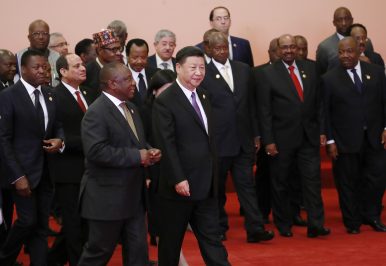


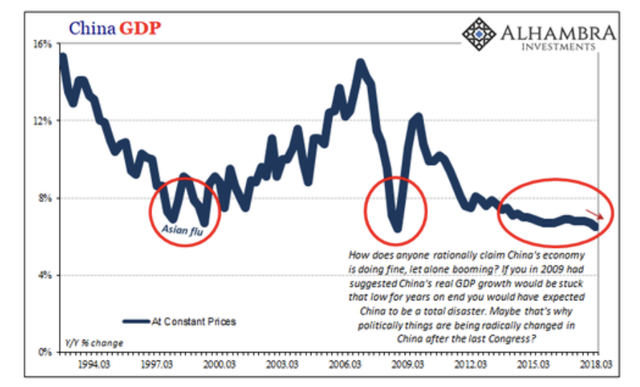


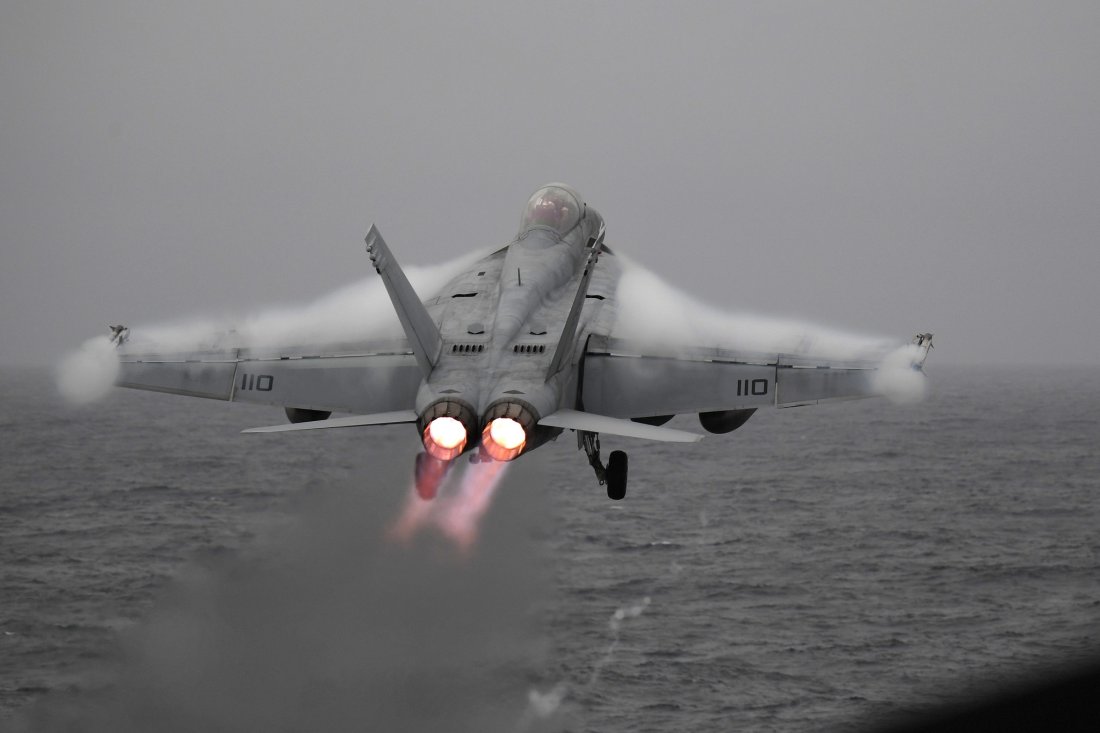

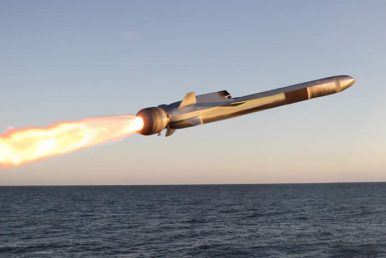



/arc-anglerfish-arc2-prod-mco.s3.amazonaws.com/public/JPTSRGOSXNFD5ANDAZHUYPXSIU.jpg)
/arc-anglerfish-arc2-prod-mco.s3.amazonaws.com/public/KLEHOICG65CQ7GFHY3FI7RLIOE.jpg)
